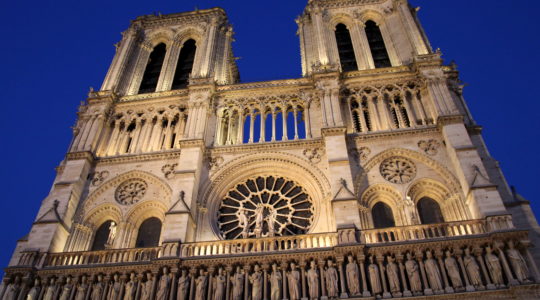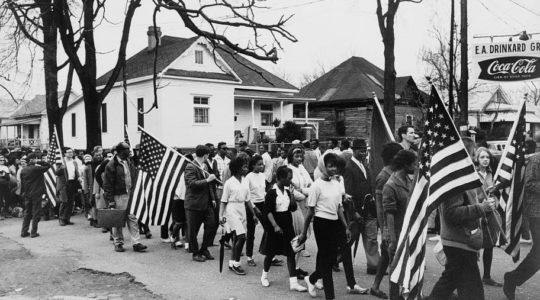Five members of the American Nazi Party were arrested here yesterday as they tried to distribute literature in front of a Chicago high school which has been the scene of racial unrest for a week.
The Nazis were arrested on disorderly conduct charges rather than under a city ordinance barring hate materials distribution and marches by such groups. Amendments to strengthen those ordinances were introduced into the City Council and referred to committee last week.
One amendment would raise the penalty for violation of the ordinance covering distribution of literature for “prurient interests” to a fine of from $50 to $500 for each offense. The definition of such material was broadened by the amendment to include material which “appeals to racial, religious or ethnic hatred” without any “redeeming social value.”
A second amendment would make it “unlawful to create a clear and present danger of a riot or assault, battery or other unlawful trespass against any person or group of persons because of his or their race, religion, color, national origin or ancestry by any means or methods, including the public display of the swastika or regalia of the Ku Klux Klan for the purpose of inviting or stimulating a riot, assault, battery or other unlawful trespass against any person or group, etc.”
The amendment would also make it unlawful to “create a clear and present danger of arson, vandalism, defacement or other unlawful trespass against property because of the race, religion, color, national origin or ancestry of the owner, possessor or authorized user or users of said property, or, in the case of a cemetery, or the decedent buried therein.” Violations of the second amendment would be punishable with fines of not less than $50 or more than $500 for each offense.
JTA has documented Jewish history in real-time for over a century. Keep our journalism strong by joining us in supporting independent, award-winning reporting.
The Archive of the Jewish Telegraphic Agency includes articles published from 1923 to 2008. Archive stories reflect the journalistic standards and practices of the time they were published.



